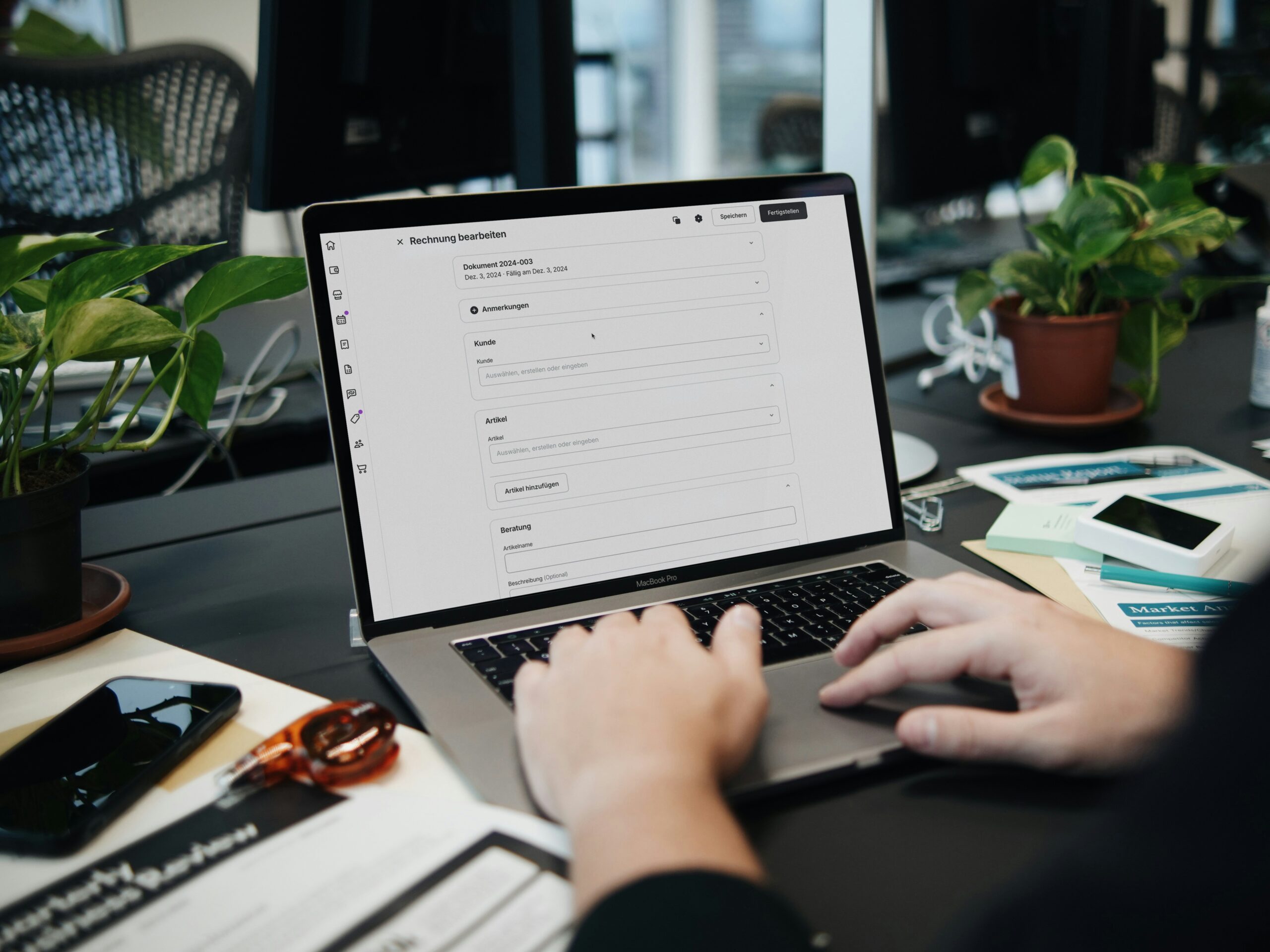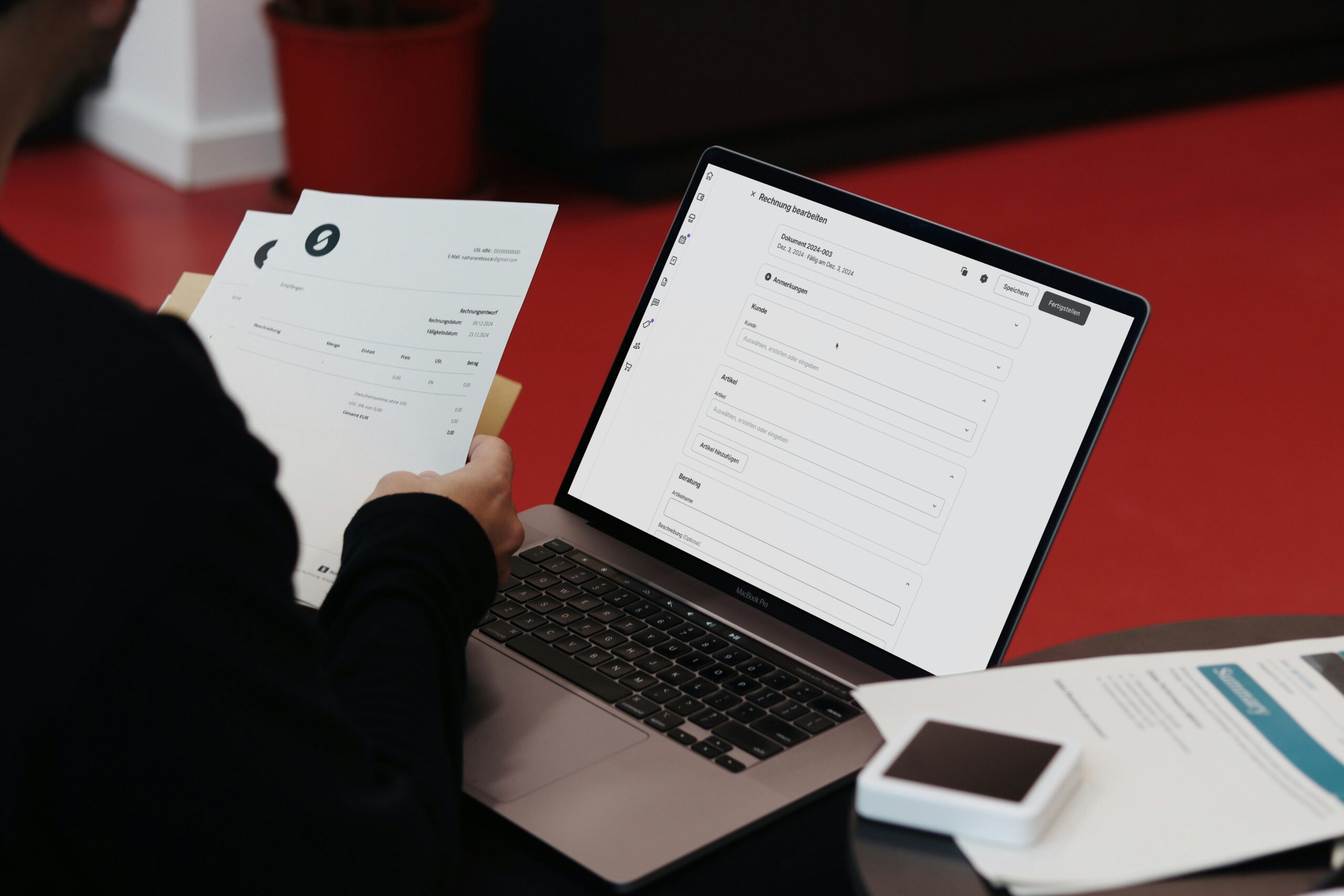
The National e-Invoicing System (KSeF) is becoming a reality. The amended VAT Act provides that the obligation to use KSeF will come into force on February 1, 2026 for large enterprises and April 1, 2026 for other taxpayers. Microenterprises have been granted additional time – until January 1, 2027. Although this may seem like plenty of time, businesses should not postpone preparations or the implementation of systems and procedures.
Mandatory use of KSeF
The regulations establish three key deadlines for the introduction of mandatory structured e-invoicing via KSeF:
- February 1, 2026 – for large companies (with gross turnover exceeding PLN 200 million in 2024),
- April 1, 2026 – for all other businesses,
- January 1, 2027 – for microenterprises (with turnover up to PLN 10,000 per month).
Regardless of the invoicing deadlines, receiving purchase invoices via KSeF will be mandatory for all taxpayers starting February 1, 2026. This means even small companies, which will only start issuing invoices via KSeF in April, must be ready to receive them two months earlier.
Key considerations when implementing KSeF
1. No transitional period for receiving purchase invoices
All VAT taxpayers (active or exempt) with a Polish NIP number must receive invoices via KSeF starting from February 2026. This will require businesses to manage two invoice reception channels simultaneously – traditional and electronic.
2. Offline mode and invoice receipt date
In the event of a system failure and an invoice being issued “offline,” the official date of receipt will be the date the KSeF ID is assigned. VAT deduction will only be allowed from that date – even if the invoice was received earlier by email.
3. End of corrective notes
Once KSeF is mandatory, issuing corrective notes will no longer be possible. Any corrections will have to be made by the invoice issuer. This will require assigning clear responsibility for supplier contact and adjusting internal procedures.
4. Restrictions on attachments
KSeF will not allow attachments such as delivery protocols, cost estimates, or work schedules. Businesses will need to implement a separate process for sharing these documents – for example, via email or B2B platforms.
5. Employee expenses and invoice data
The new FA(3) invoice schema allows the identification of an employee as a third party on the invoice – facilitating expense reconciliation. However, not all suppliers will use this functionality, so companies should plan alternative methods for documenting business expenses.
6. Invoice visualization and QR codes
Invoices shared externally (e.g., with clients or authorities) must include a QR code. This is not required for internal documents, but businesses must ensure that internal invoice versions are not inadvertently shared outside the organization.
Other important implementation notes:
- invoice attachments in KSeF are limited to the fields defined in the official logical structure. Including unrelated data (e.g., marketing content) may result in the removal of the ability to send attachments via KSeF;
- the issue date of an invoice in offline mode is the date it is generated in the taxpayer’s internal system – even if it is submitted to KSeF the following business day. Failure to meet this deadline may lead to penalties;
- invoices issued outside KSeF (e.g., PDFs sent via email) may still qualify for VAT deduction – provided other requirements are met. However, it is advisable to consider requesting an individual tax ruling to confirm your position.
Getting ready for KSeF
KSeF is not just a change in invoicing tools – it affects processes across the entire company. It impacts accounting, purchasing, sales, IT, administration, and supplier/client relations. Companies should:
- review current invoicing and document flow procedures;
- define which data must be included on invoices and how other information will be shared;
- train employees;
- test the integration with KSeF in a test environment.
How can we help?
Feel free to contact us. We are here to make running your business easier.
Making business easier.






